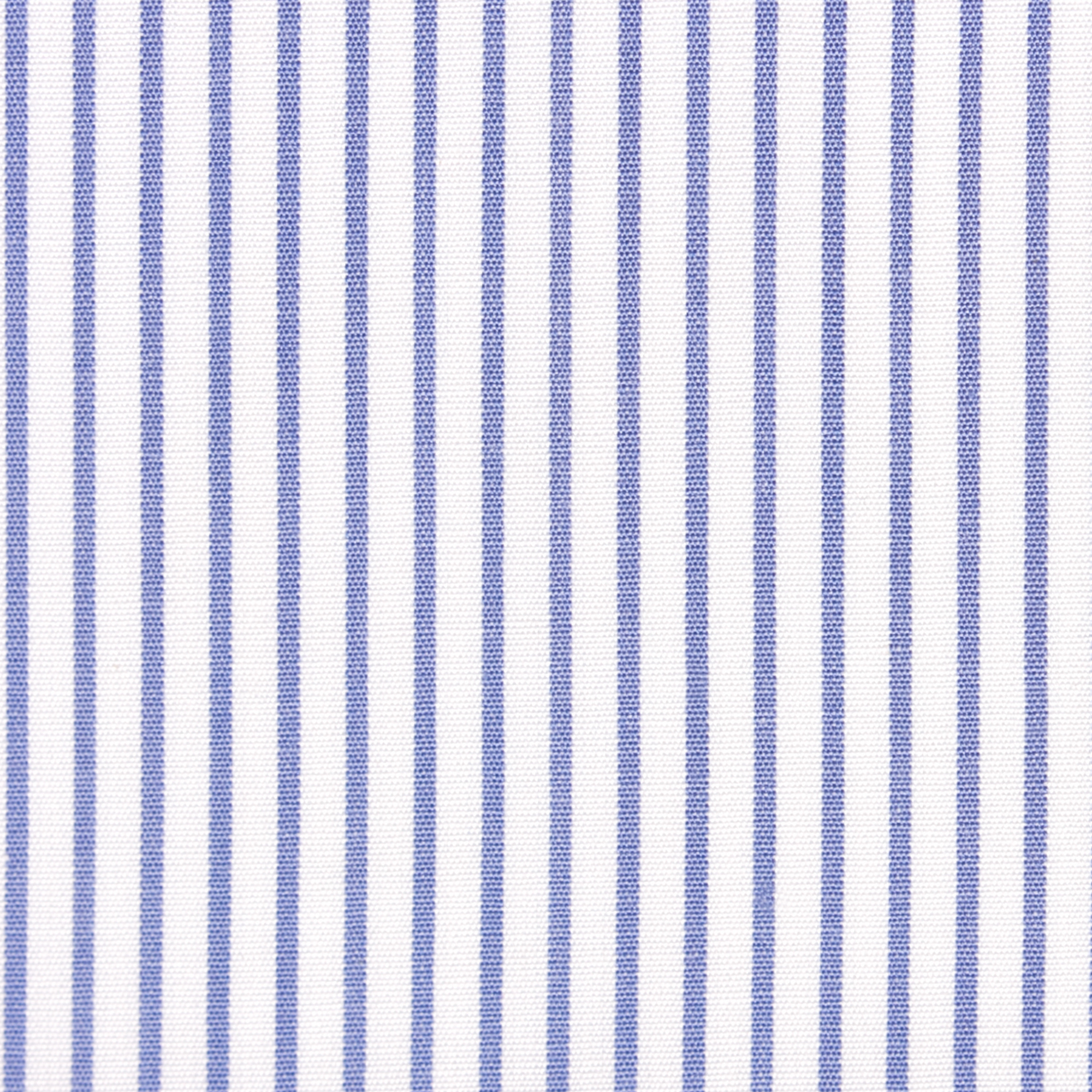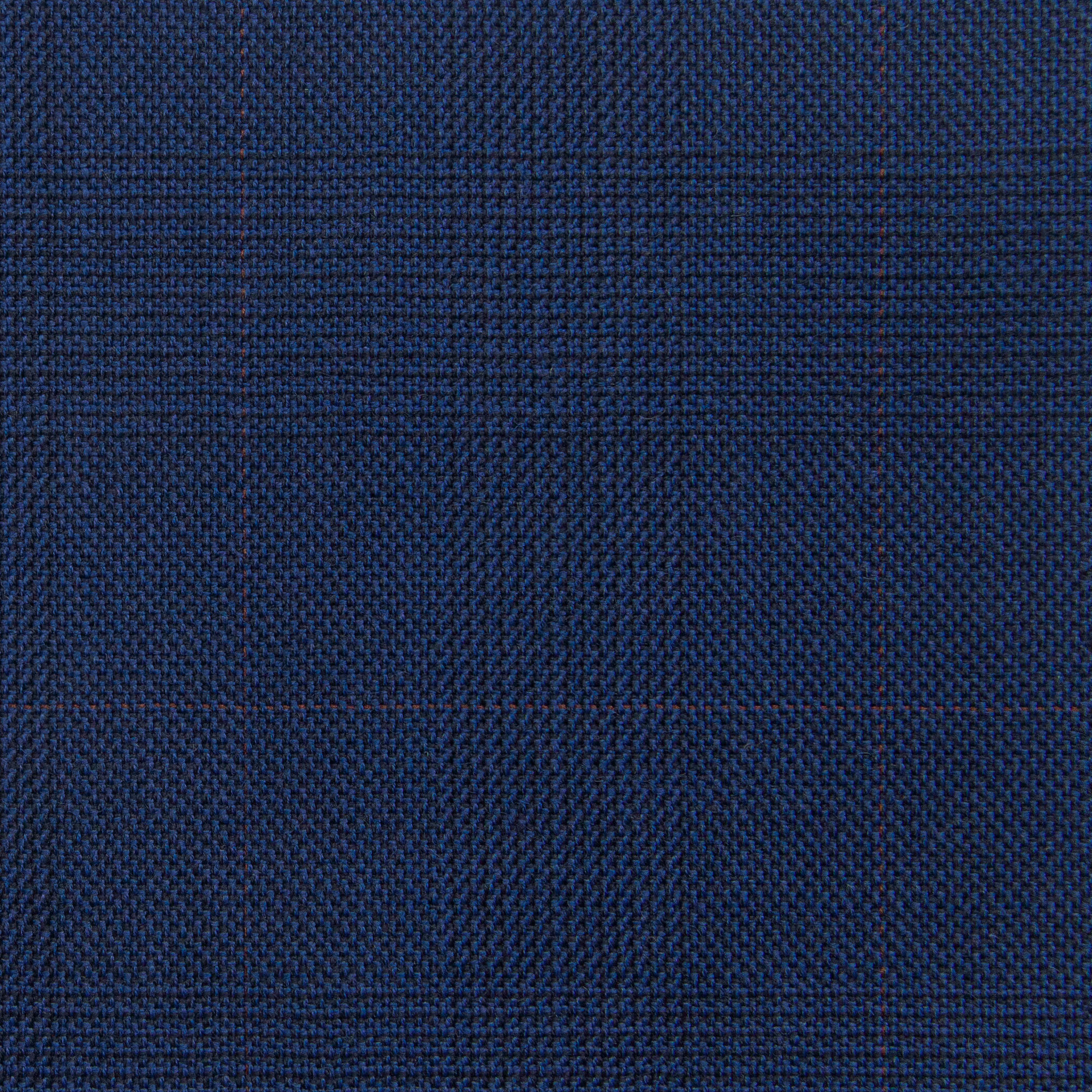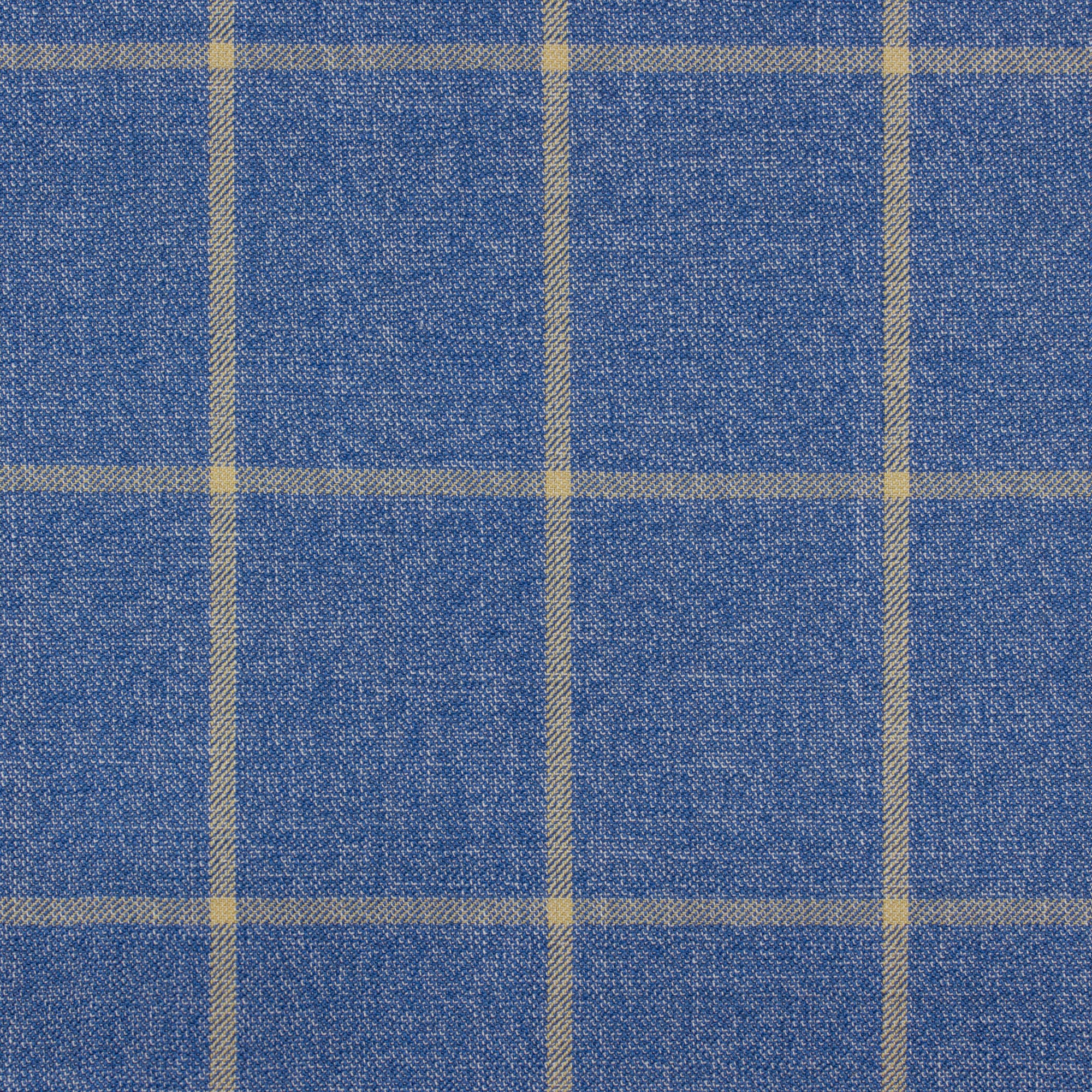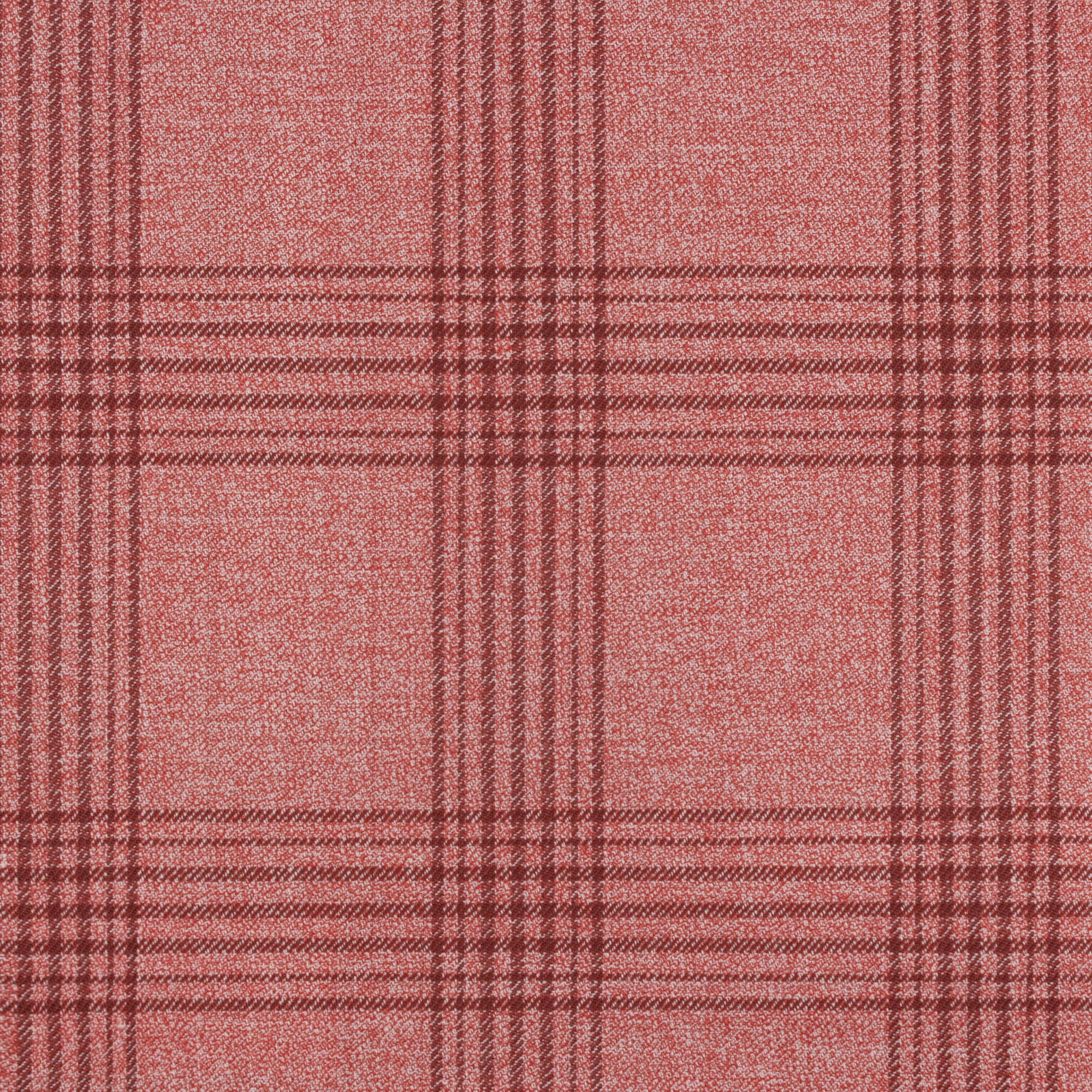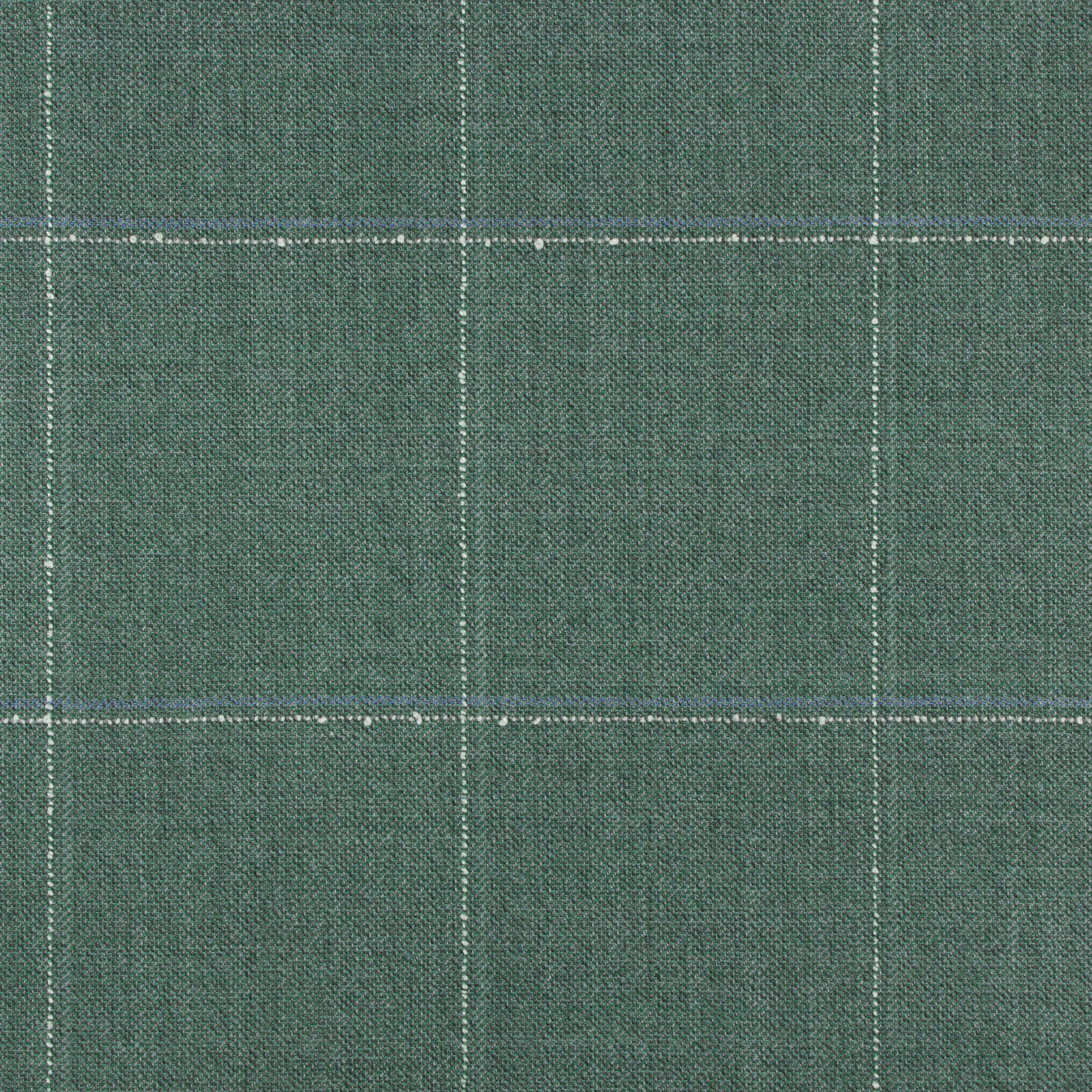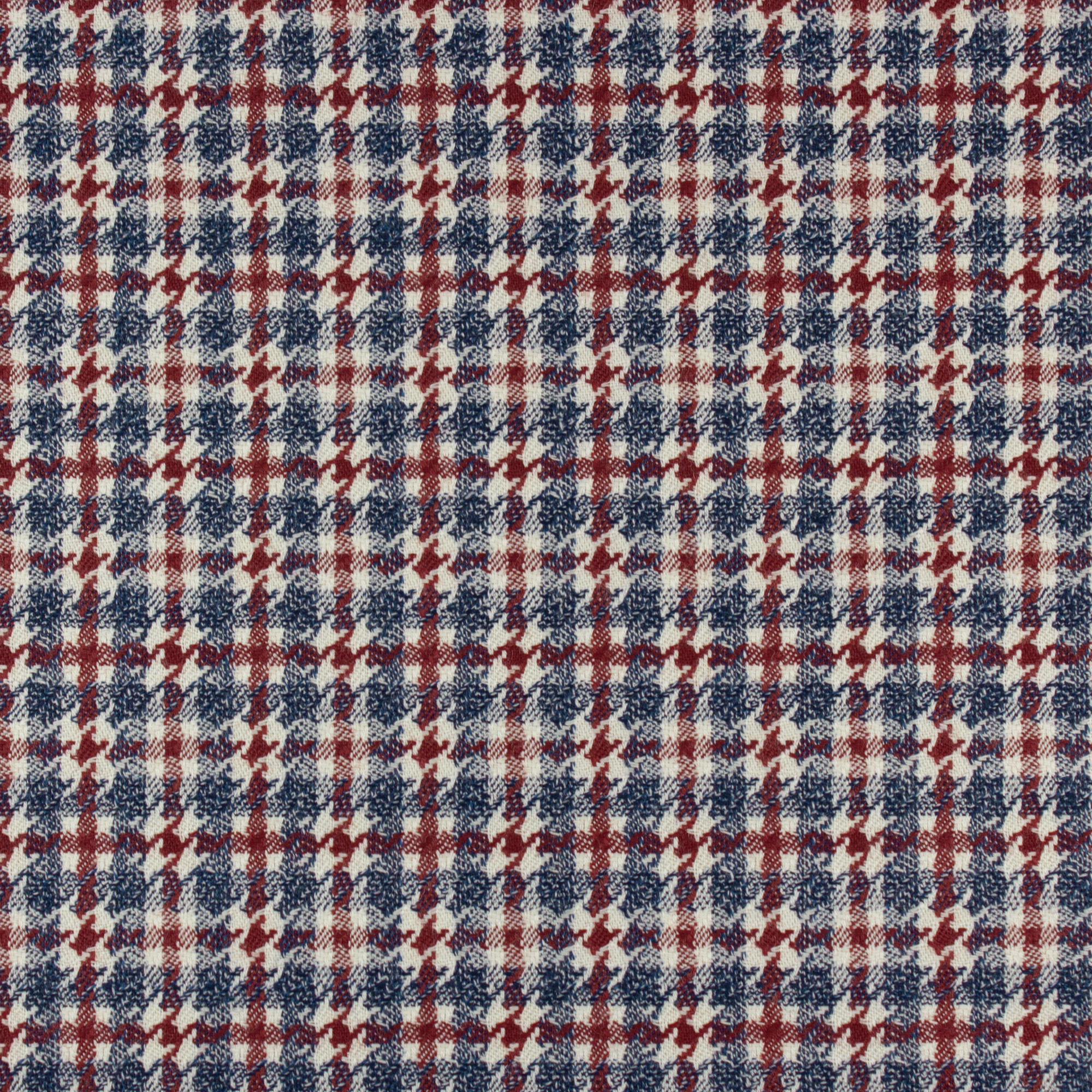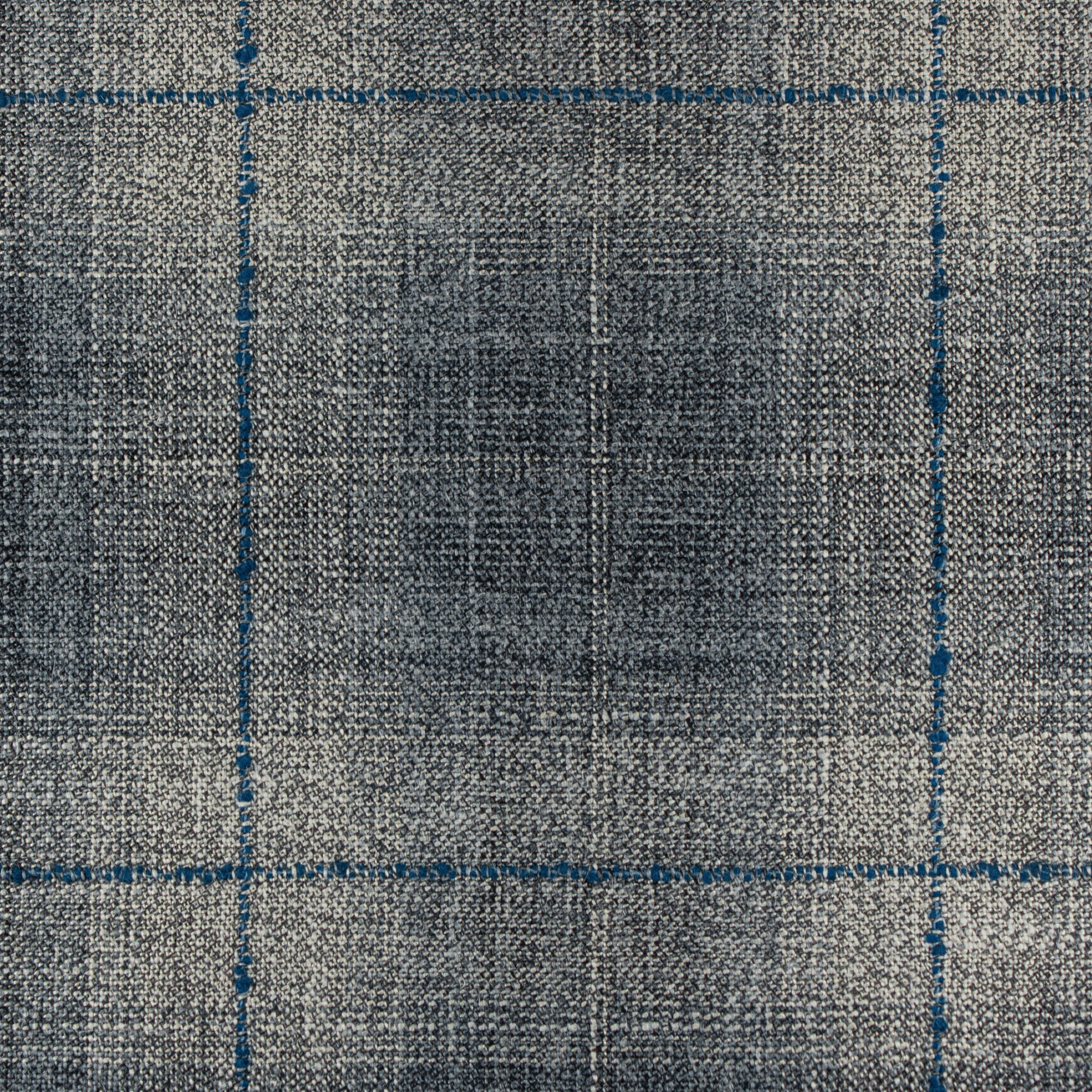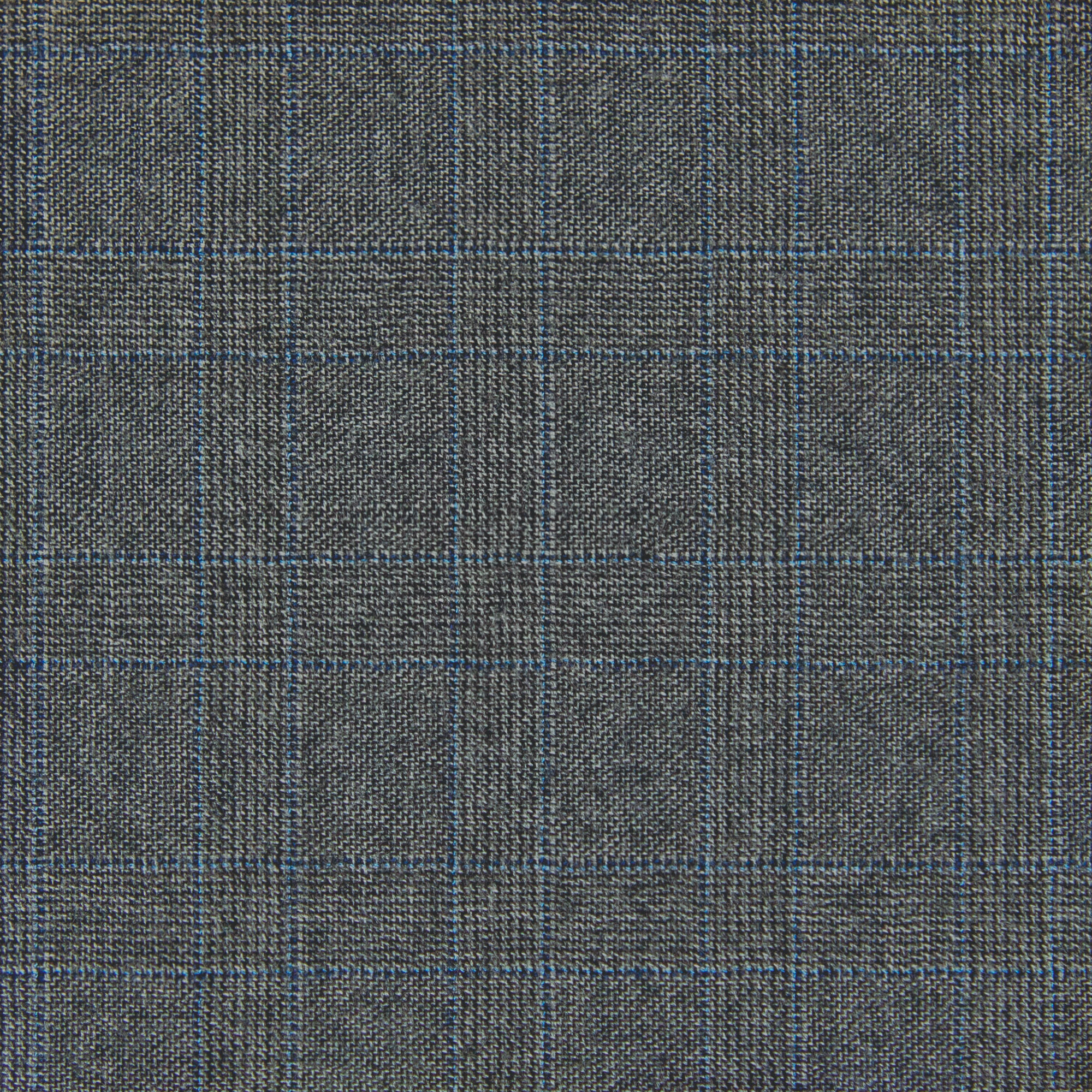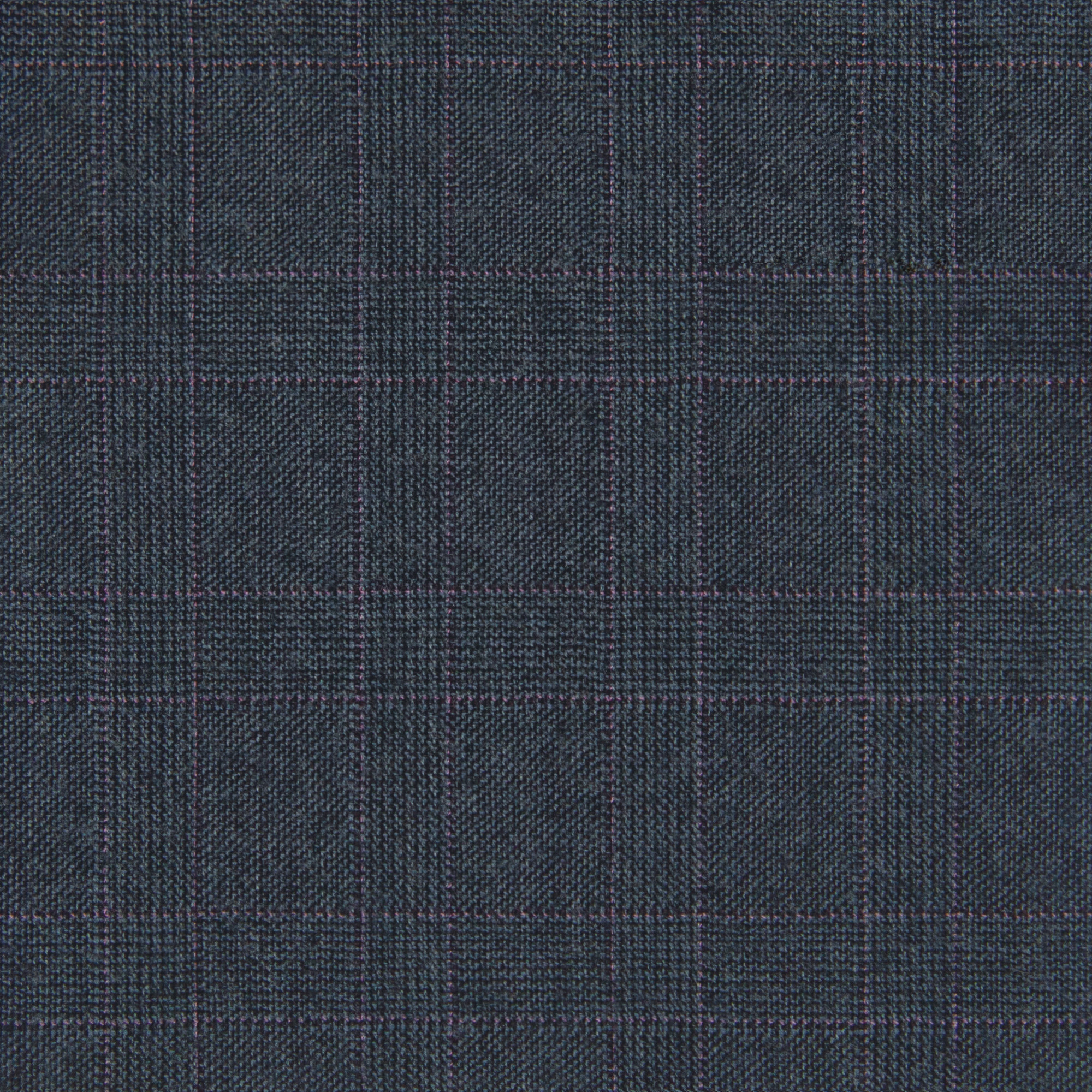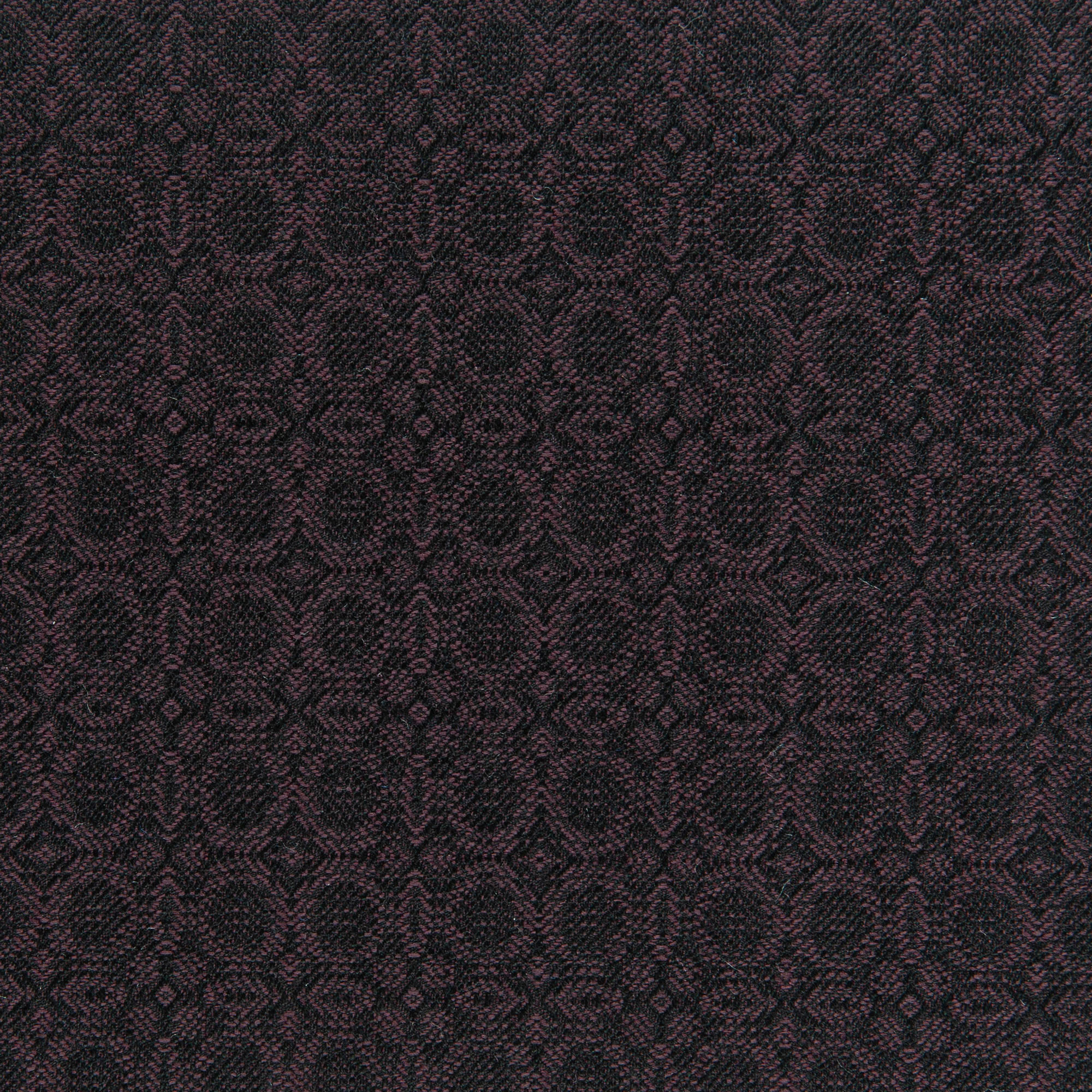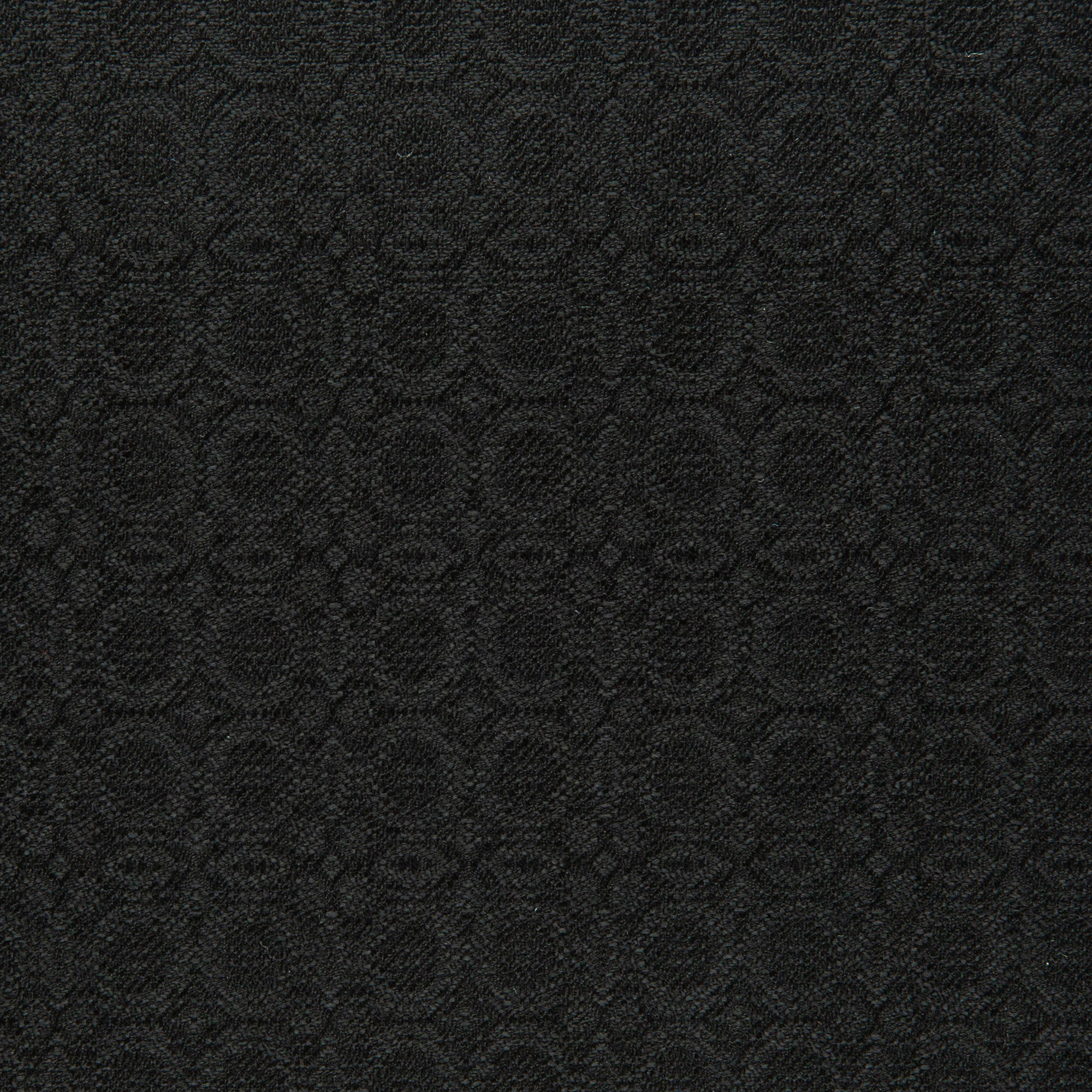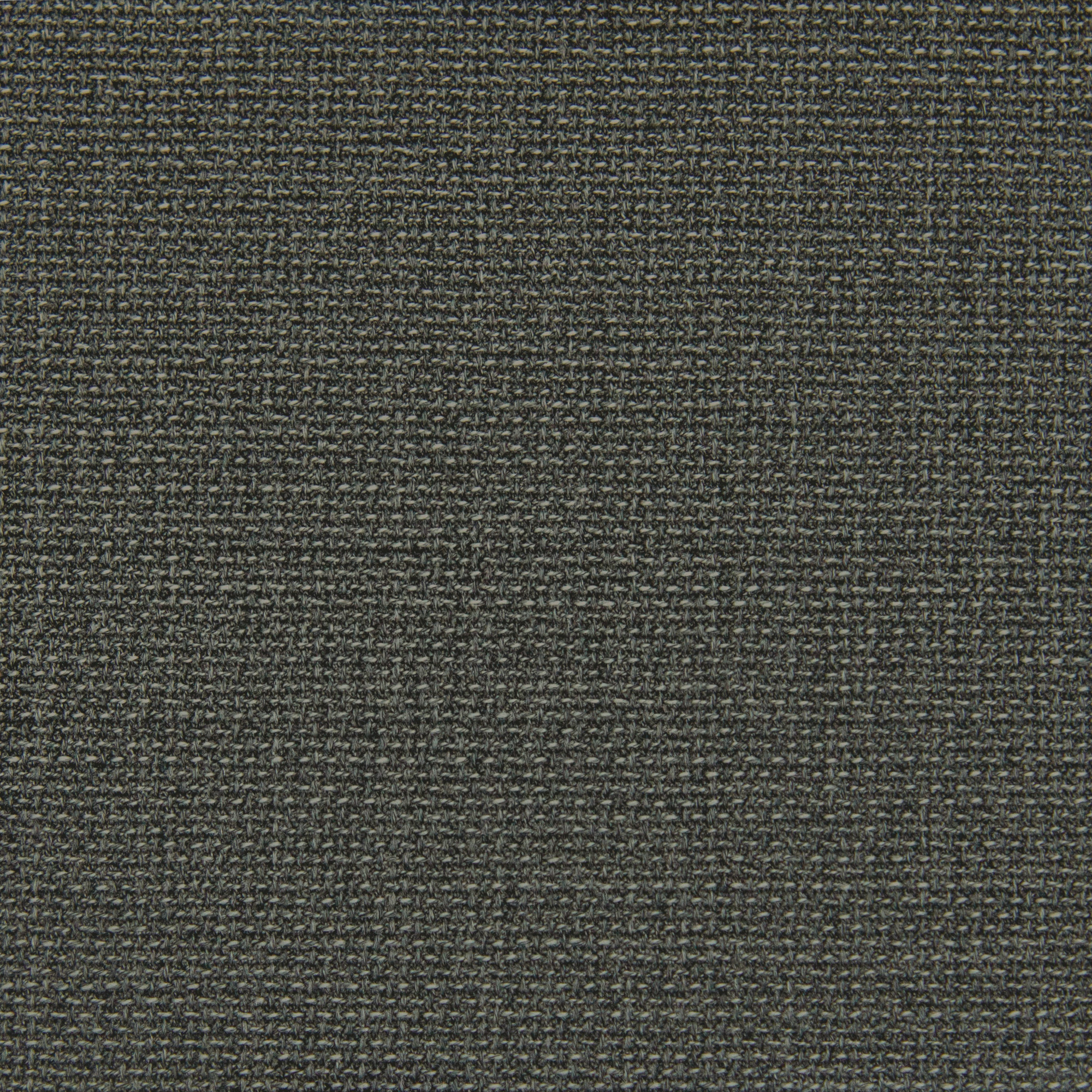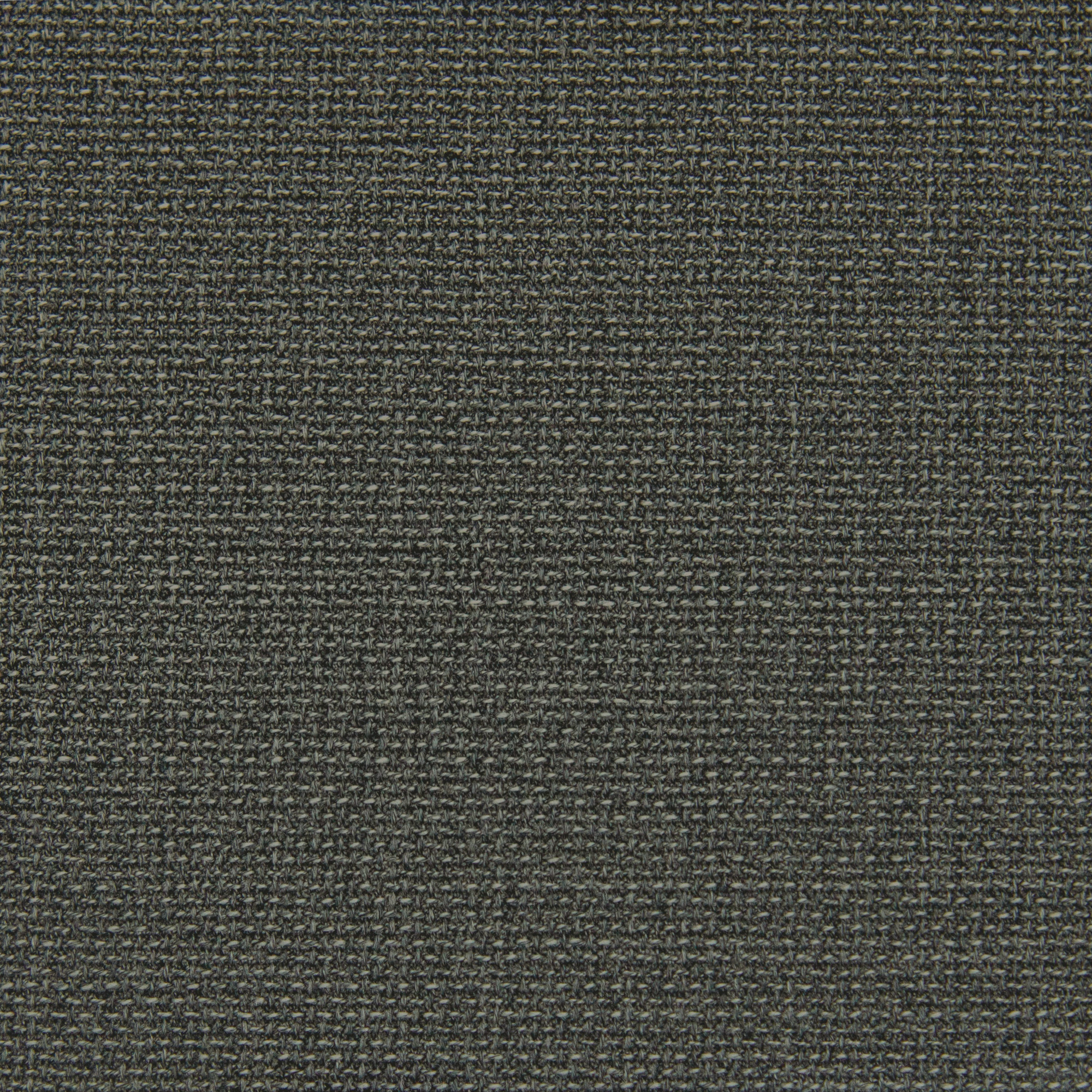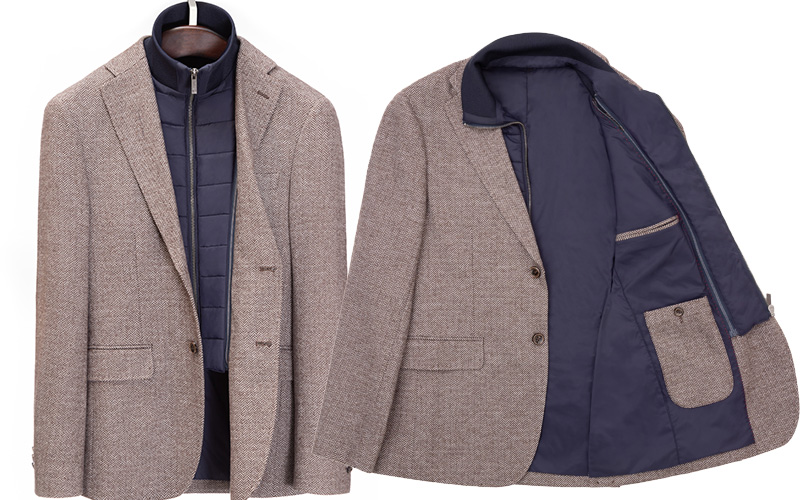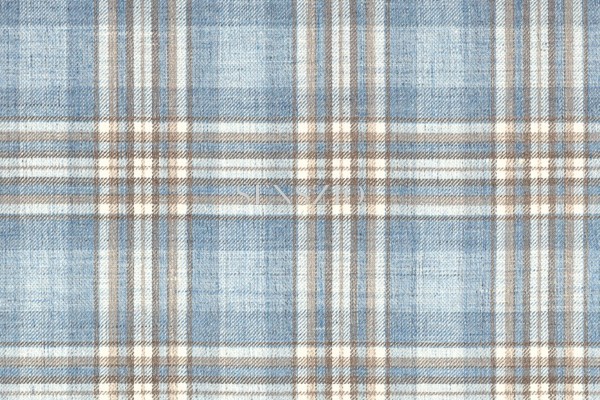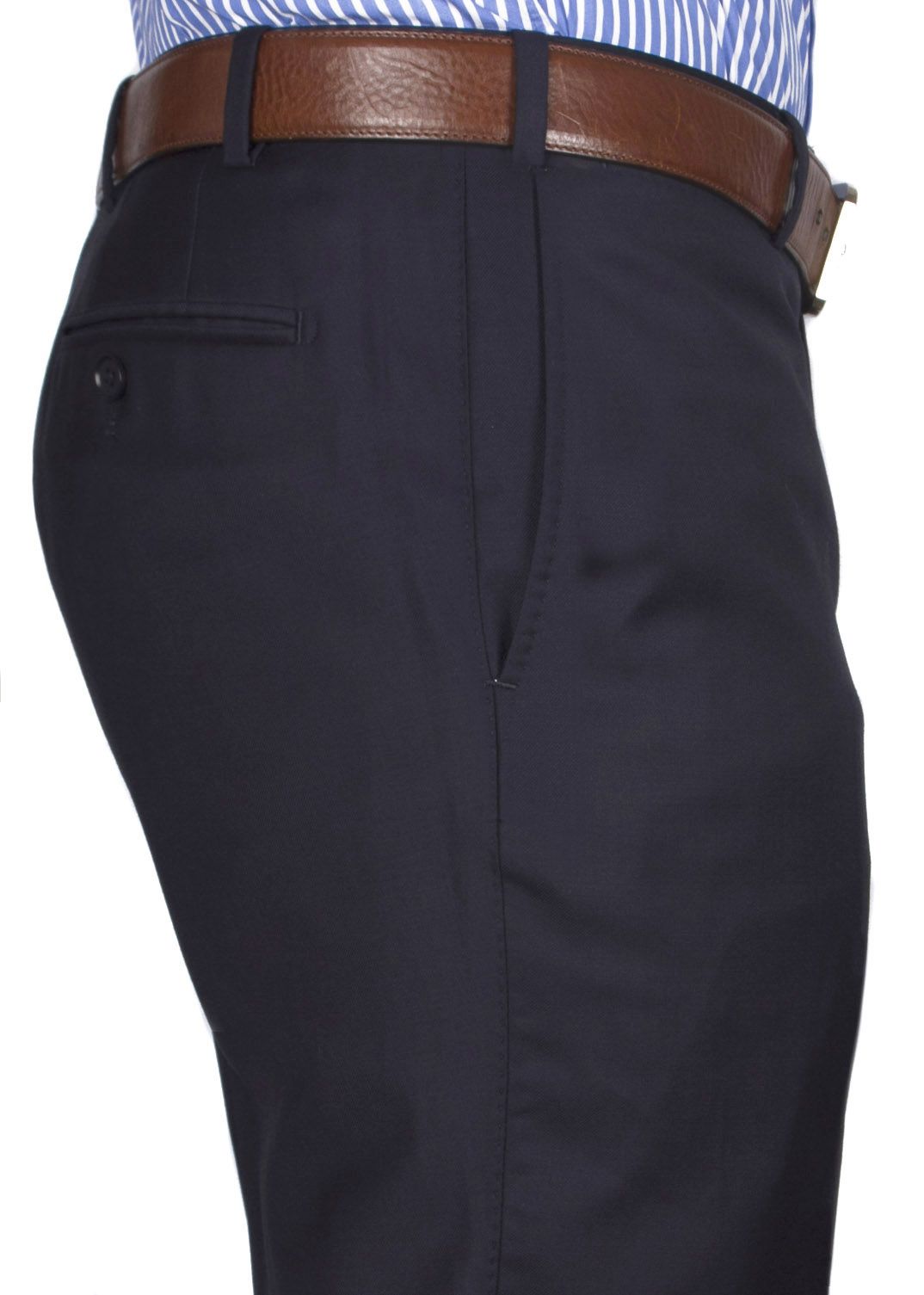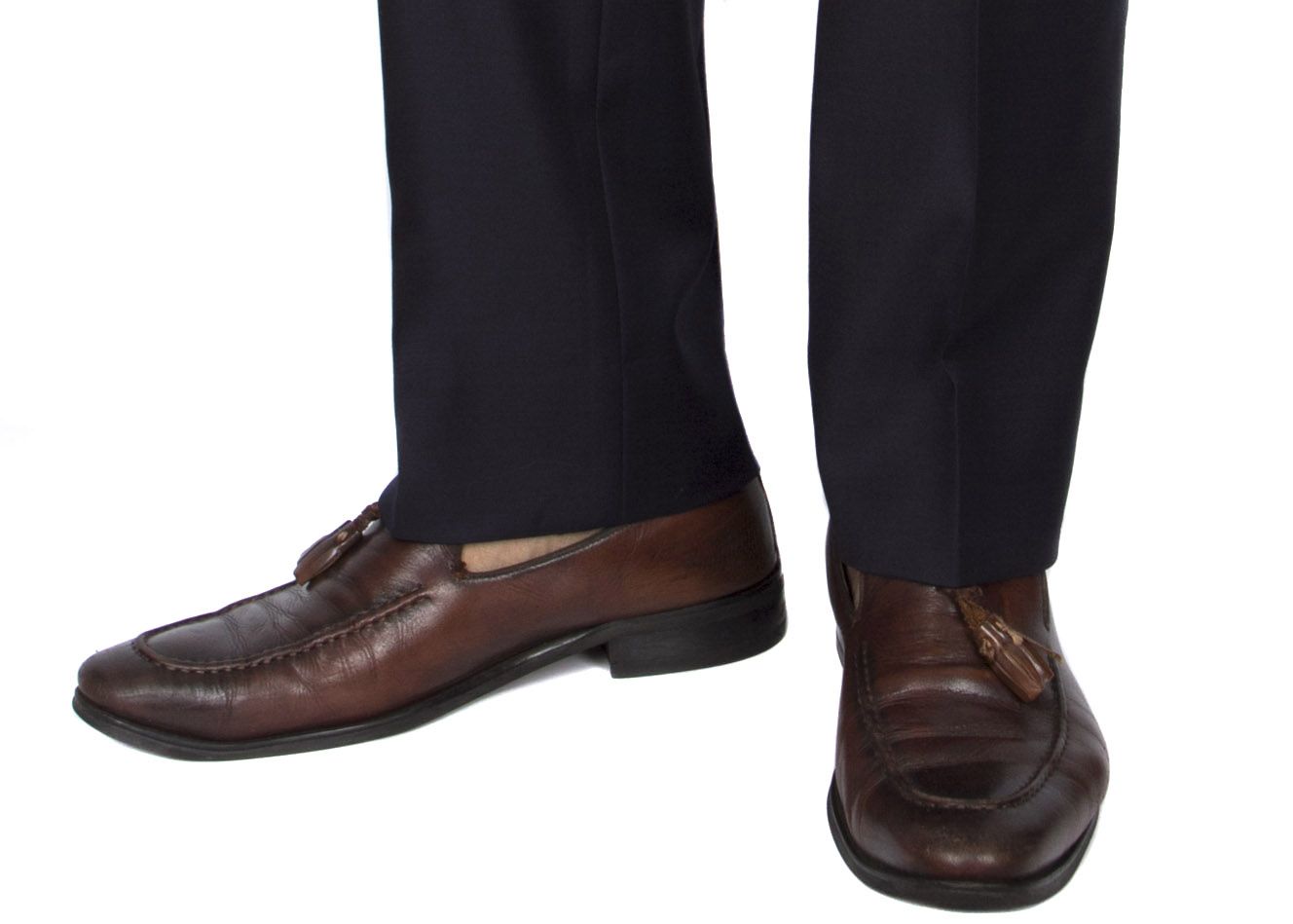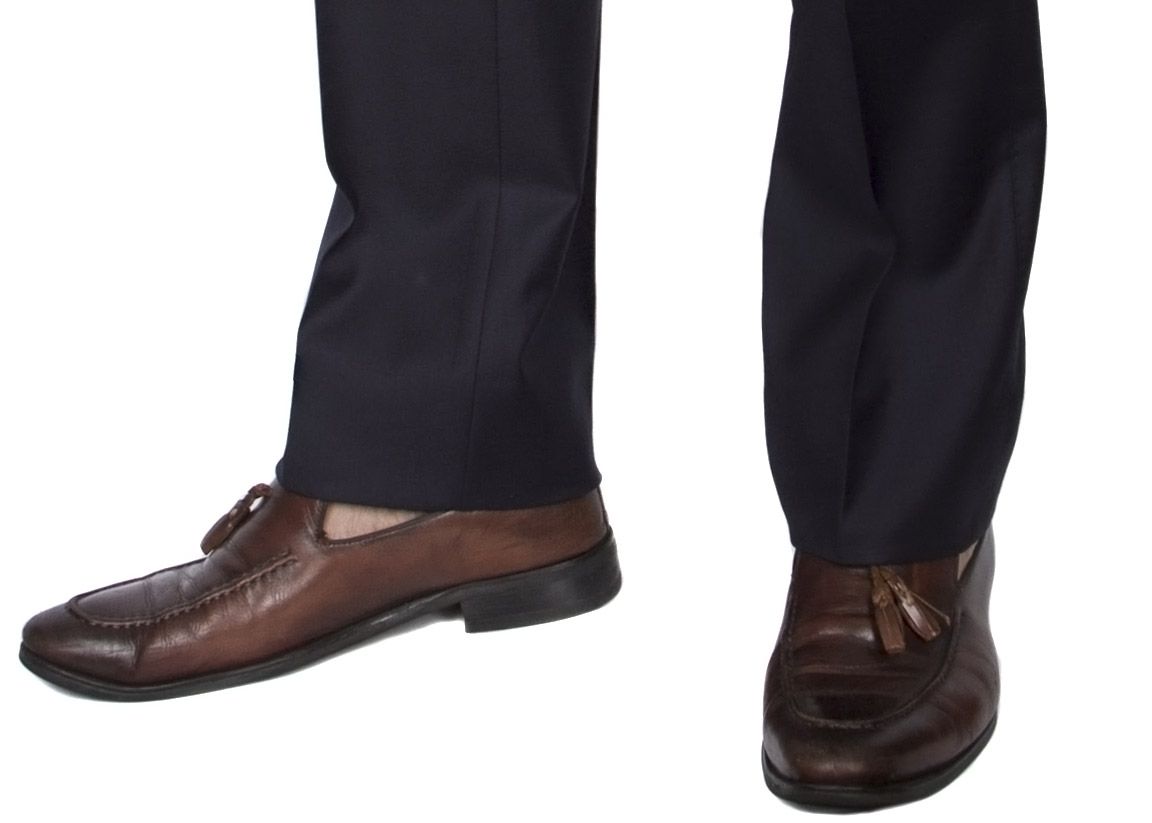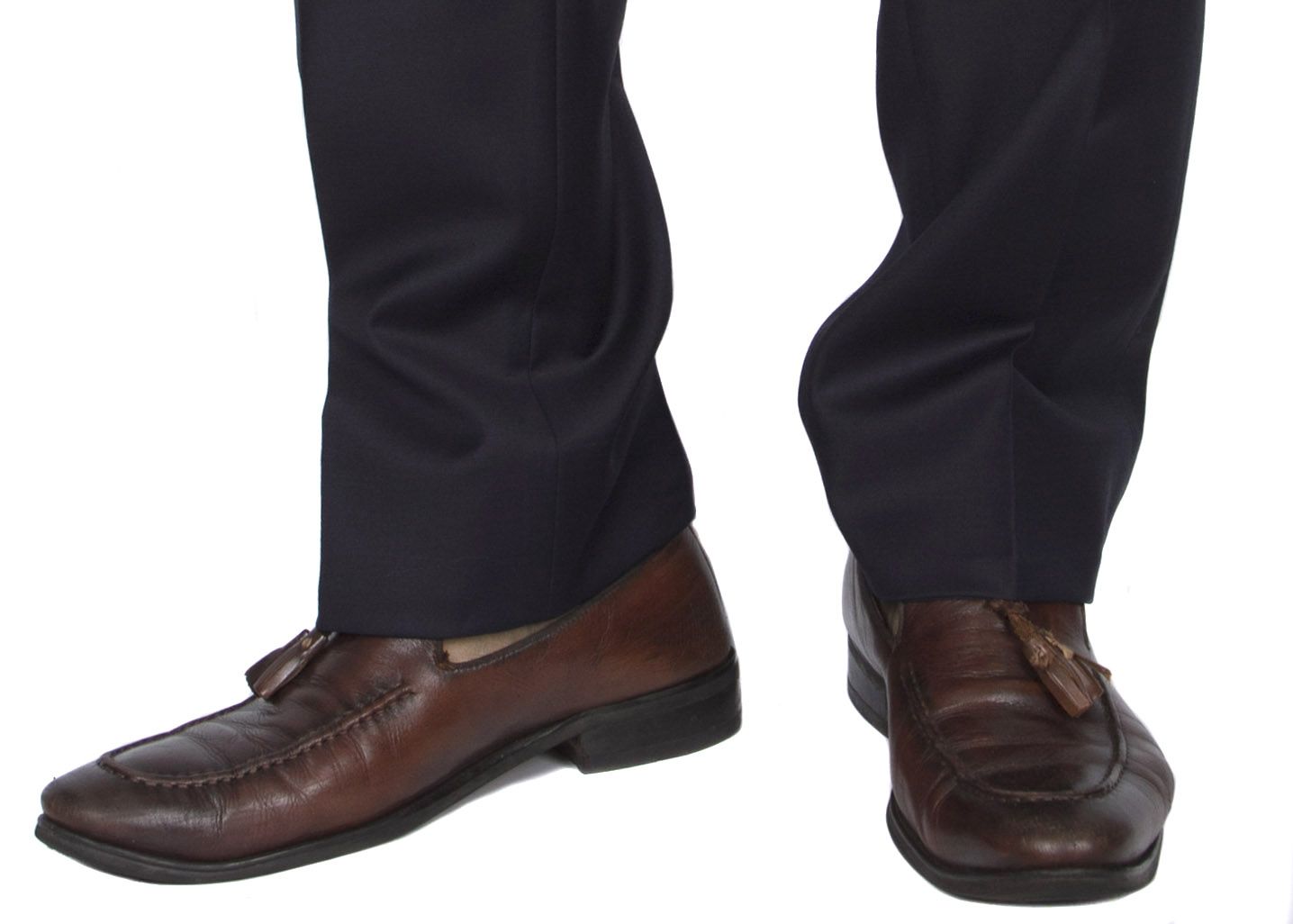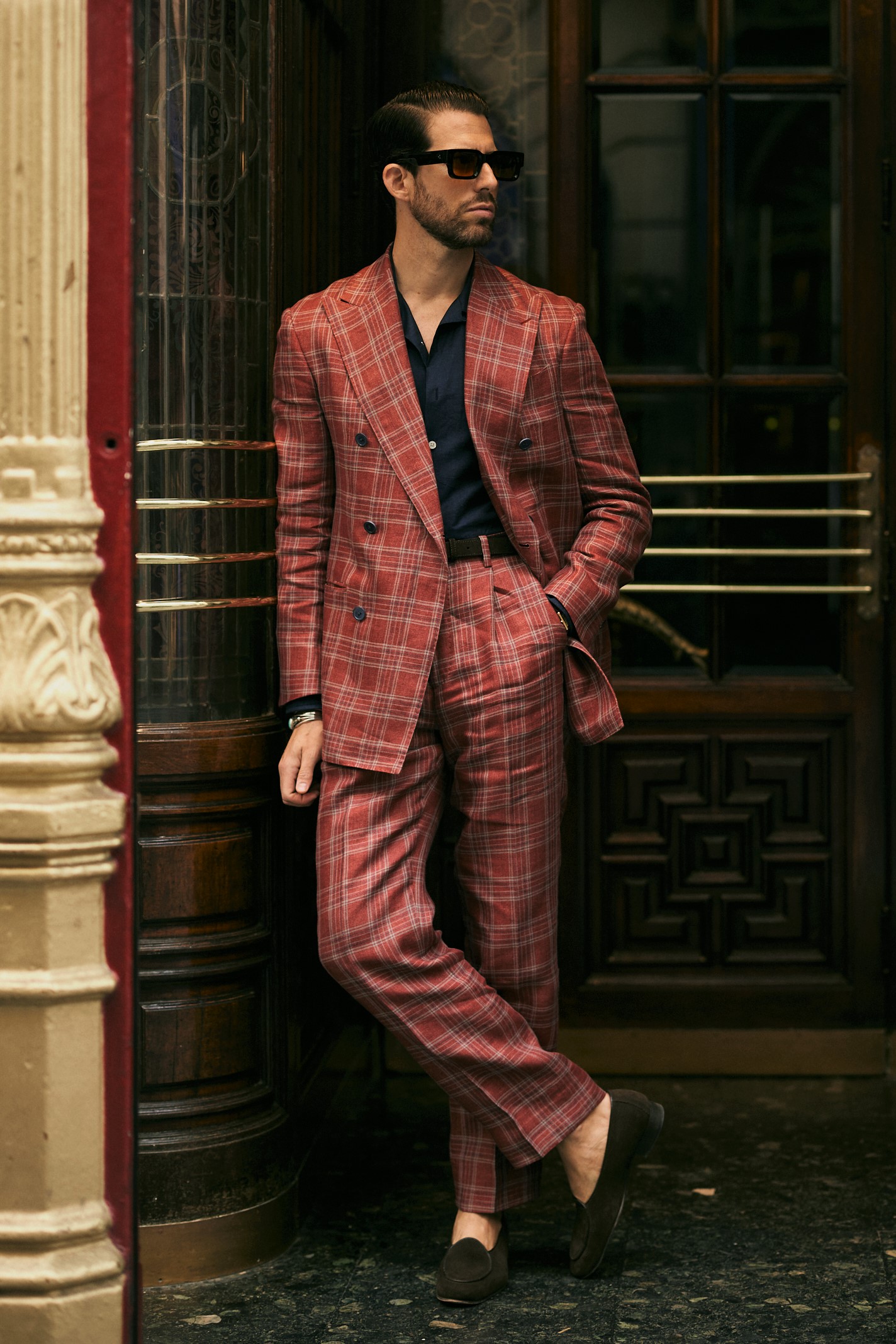How To Tell If Your Suit Pants Fit Perfectly | The Senszio Fit Series
How can you tell if your suit pants fit?
Finding the perfect-fitting, sleek-looking pants for your suit is arguably the most important component of your business look. There’s nothing worse than trouser legs that are clearly the wrong length or a low-hanging waist that would look more at home in a skater park. This article therefore goes through the tell-tale signs that your suit trousers are/are not fitting as they should. For more information on finding the ideal-fitting suit, check out our other articles on making sure your suit jacket, waistcoat and shirts fit properly. First of all, let’s clear up one myth about how your pants should fit. You know that belt you love to wear? It’s not there to hold your trousers up. The belt should be seen solely as a cosmetic item.
Now, what else do you need to know?
Waist and seat
Your suit pants should sit high on your hip bone, or even higher, if you’d like to look taller. They’re not jeans, which are designed to hang low. As a rule of thumb, the waist should be tapered enough to avoid wearing a belt.
What about the seat? You need to guard against over-tightness here. Splitting your pants during a board meeting could be embarrassing. Your suit trousers should lightly touch your butt and not sag. If you’re making unnatural movements for fear of ripping your seat, they’re too tight. If there’s loose fabric, they need to be tightened up.
Watch out for:
- Excess fabric on the hips: this is a matter of comfort, but avoid the baggy look on the sides and look out for vertical wrinkles at the back
- Tight hips: discomfort when pulling on the pants and horizontal creases on the front, side or back
- Flaring where the pockets noticeably pop out.
(Above) Baggy Hips
(Above) Ideal Hips
(Above) Tight Hips
Legs
If you can’t pinch about an inch of fabric on each side of your upper leg, the pants are too tight. Any more than that and you’ll want your tailor to taper the pants so they narrow towards the ankle.
Where thighs and knees are concerned, much depends on comfort, though. You’ll want the thigh to be comfortable enough that you can sit at your desk all day or be able to walk around with ease. Your knee and cuff should have an elegant taper. We don’t recommend too slim a look from the knee down. That’s best suited to casual trousers.
This is personal preference, but some of our clients prefer to have the legs longer at the back (an English Hem). This means you won’t show your socks when walking.
Trouser breaks
What are trouser breaks? That’s where your pants meet your shoes. Or don’t, in some cases. The break happens when the front of your pants touches your shoes. A small and elegant dent in the fabric is the result.
No Break
To check out your break, stand still and look in the mirror. If the hem of your trousers doesn’t meet your shoes at all, that’s called no break. It’s a move often favoured by young men who like the sockless look. You would use this style with a well-defined taper and would aim for something like a seven-inch leg opening.
(Above) No Break
Half Break
Next up is the half break. This is where you get a slight dent in the front of the fabric but not at the back (and what we would typically favour).
(Above) Half Break
Full Break
Finally, a full break gives you a noticeable dent of over an inch at the front, but none at the back. This look is best suited to older and wider chaps. All of this, of course, is at your discretion and heavily influenced by trends. The full break is very traditional, while the no break is highly contemporary and suited to slim-fit suiting. If it’s elegance and style you’re looking for, we’d always recommend the half break. This says you’re serious about your look and you’re happy to embrace a conservative, timeless image. It also says you have a great tailor.
(Above) Full Break
Talking of tailors, Senszio’s team of experienced stylists and traveling tailors regularly conducts world tours, hosting trunk shows at hotels and offices in cities across Europe and America. Book an appointment at a city near you and we’ll take your measurements and provide personalised style advice. Take that first step on the road to creating your bespoke tailored suit. Find a full list of our upcoming trunk shows here.

